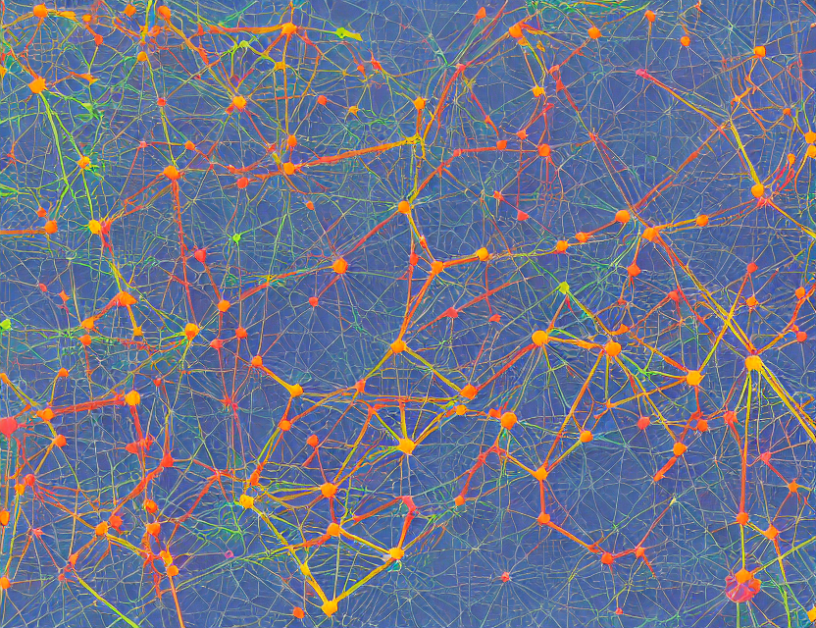Graph Convolutional Neural Networks (GCNNs) have emerged as a promising approach in tackling graph-structured data, especially in multitask learning scenarios. However, their performance is often hindered by the inconsistency of convergence speed and information density across different graphs. To address these challenges, this article delves into the recent advancements in GCNNs, including ablation experiments on graph convolution and its impact on performance.
Ablation Experiments on Graph Convolution
Several recent studies have investigated the importance of graph convolution in GCNNs. These experiments aim to evaluate the contribution of each component in the graph convolution operation, providing valuable insights into the working mechanism of these networks. The results reveal that graph convolution plays a crucial role in capturing node and graph-level features, which are essential for achieving optimal performance in multitask learning tasks.
Impact of Graph Convolution on Performance
The ablation experiments also shed light on the impact of graph convolution on the overall performance of GCNNs. The findings suggest that graph convolution can significantly improve the performance of these networks, especially when dealing with large-scale graph-structured data. Moreover, the results demonstrate that the convergence speed of graph convolution is crucial in optimizing the performance of GCNNs.
Conclusion
In conclusion, this article has delved into the recent advancements in GCNNs, focusing on ablation experiments on graph convolution and its impact on performance. The findings highlight the critical role of graph convolution in capturing node and graph-level features, and its significant contribution to achieving optimal performance in multitask learning tasks. By understanding the working mechanism of these networks, developers can design more efficient and accurate GCNNs that can handle complex graph-structured data with ease.



